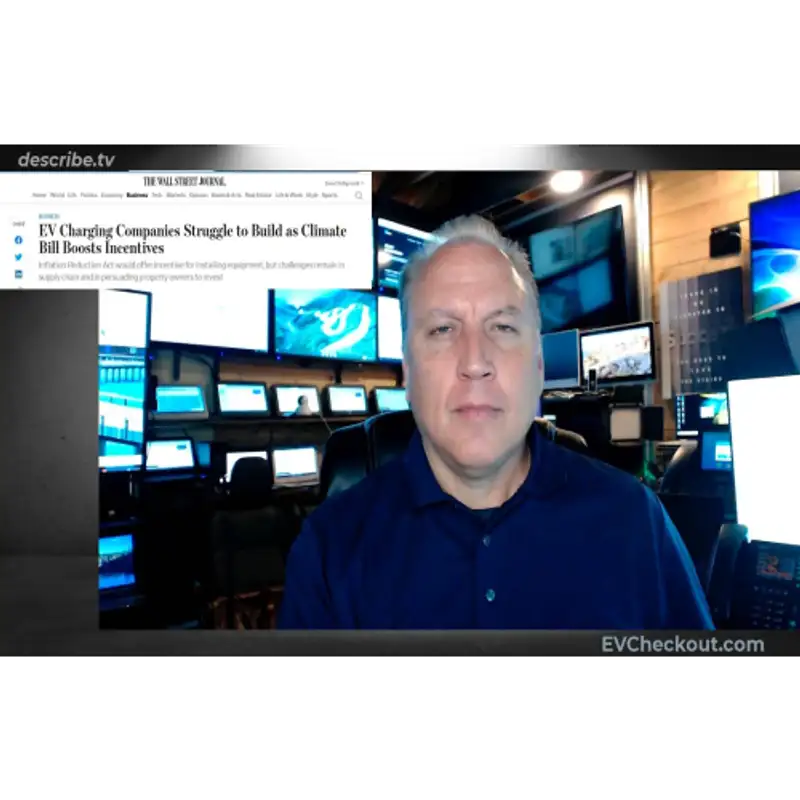Building the Future: EV Charging Station Construction Explained
Download MP3 The Future of EV Rollout Depends on Charging Infrastructure
- Charging station availability and capacity are critical to electric vehicle adoption.
- Major companies and individual property owners are involved in building charging networks.
- Construction delays arise from difficulties in sourcing parts, obtaining approvals, and finding qualified contractors.
- Inflation Reduction Act: Incentives for Charging Stations
- New incentives offer up to $100,000 in tax credits per charger, a significant increase from $30,000 per site.
- Challenges persist in obtaining necessary parts and hiring licensed professionals like electricians, contractors, and excavators.
- Opportunities for Contractors and Property Owners
- Licensed contractors can capitalize on this growing industry by sourcing parts and signing contracts for charging station installations.
- Property owners may qualify for incentives to install chargers for employees or customers.
- The Scale of the Challenge
- Goal: 500,000 public chargers by 2030, but experts estimate over 1.2 million are needed.
- Current status: Only 124,000 chargers exist, built over a decade.
- The timeline: To meet the target, construction rates must dramatically increase.
- Industry Bottlenecks
- Manufacturing delays and supply chain issues slow down charger production.
- Companies like Tritium are hiring hundreds to accelerate fast charger installations, but scaling remains a challenge.
- Fast Charging Installations: Costs and Logistics
- Fast chargers typically cost $100,000 each to install, often requiring pavement excavation.
- The process involves coordination across multiple industries: automotive, construction, and manufacturing.
- Key Insights for EV Owners and Stakeholders
- Early adopters are transitioning to mainstream markets, but significant infrastructure expansion is necessary.
- Lack of charging availability could leave EV owners stranded without power.
This episode explores the critical steps and hurdles in building the infrastructure needed for widespread EV adoption, highlighting the roles of incentives, industry collaboration, and innovation in making it all happen.

